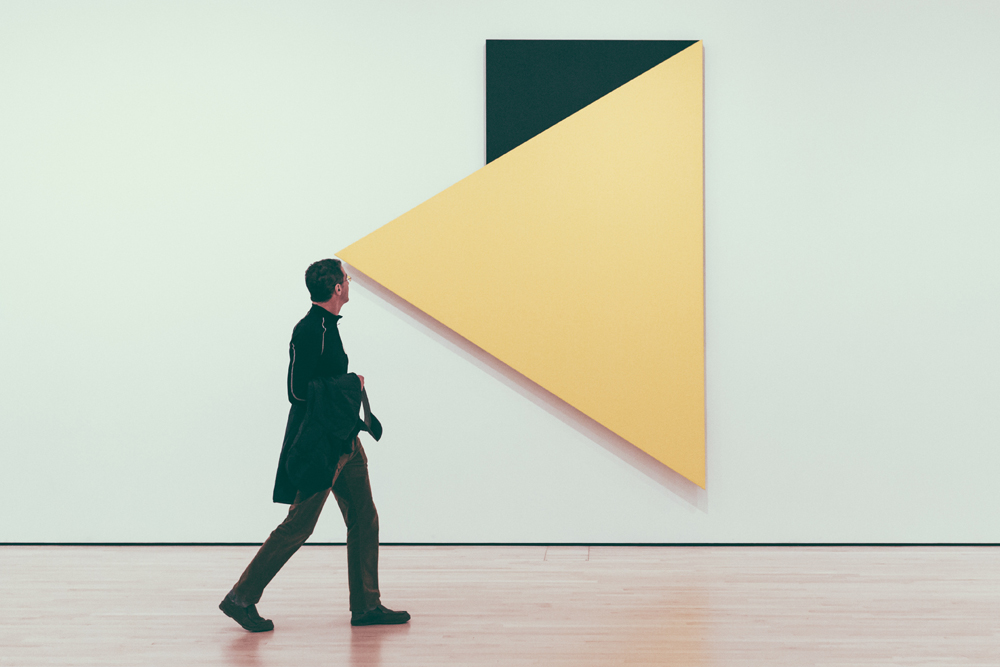Pictures of websites


The traditional process of “designing” a website is flawed. But with a change to our way of thinking about the roles of 'designer' and 'developer' a smarter process has evolved.

Typically the traditional process would start with a designer using a supplied specification to produce the visual design. On client approval this would be passed to the developer to build. This is where the flaws in this method would begin to show.
When designing for the web it stands to reason that an excellent understanding of how things can be constructed online is required. If not, there’s a danger of something in the design being an issue later on. At Believe in I’ve always made a point of bombarding the team with examples of new technologies, different solutions or novel approaches. This is great but doesn’t include the knowledge of whether something is suitable or even possible for a particular specification when it comes along. This can be difficult to gauge with technology and the devices people are using to access information online changing all the time.
Then there is content. A good designer would work with some real content, not just filler text (which dangerously, can be cropped, shortened and edited to fit). But unless they’re producing visuals for every piece of content (which would stretch any budget) they’re working with a limited view. Leading to the designer assuming areas where content will be added later. Inevitably this leads to problems when the actual content doesn’t fit.
A better process begins with the developer getting involved before any design work is started and getting a working model (wireframe, prototype — call it what you like) built.
Something that concentrates on content, structure and functionality. Something without the potential distraction of any design elements.
Having this model first creates a focus for feedback and opens up dialogue where improvements can be suggested, applied and tested quickly. Is the structure correct? Is the message right? Is this process right? What is the priority here? Revisiting visual designs in this way would be both time consuming and difficult to do once they have been ‘signed off’.
Following this, when the project reaches the point where brand and other design elements are ready to be applied there are no assumptions or guesswork required by the designer. They can see what are common elements or what might need a unique treatment. They can spot areas of content that change in size or type and where the design needs to allow for this.
Seeing the content in its context like this is invaluable. It becomes primary to the design and creates an opportunity for the designer to discuss visual ideas or issues with the developer.
As a process, a natural shift of emphasis occurs. One that moves from a visual first “best guess” to one treating the visual design and development as two ingredients of the same stage. Allowing one to inform the other for the optimum result.